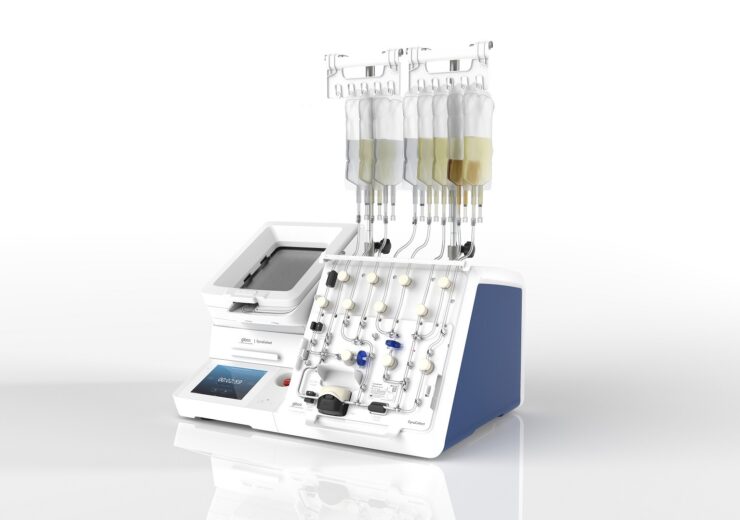The DynaCellect system, which has been designed to be used with the company’s Dynabeads, delivers enhanced performance, throughput capacity and process flexibility

Thermo Fisher rolls out DynaCellect device. (Credit: Business Wire)
US-based laboratory instruments provider Thermo Fisher Scientific has unveiled its new Gibco CTS DynaCellect Magnetic Separation System (DynaCellect).
The new-generation cell isolation, cell activation, cell depletion and Dynabeads magnetic beads removal instrument is said to help cell therapy developers.
It provides a scalable, flexible, automated and closed system that helps optimise cell therapy manufacturing, and advance from clinical development to commercial production.
The DynaCellect system, which has been designed to be used with the company’s Dynabeads, delivers enhanced performance, throughput capacity and process flexibility.
Thermo Fisher Scientific vice president and cell culture and cell therapy general manager Tiffani Manolis said: “The future of cell therapy is bright, and our team is focused on innovations that expedite breakthroughs and, ultimately, help patients.
“DynaCellect helps minimise the potential for errors while accelerating the manufacturing process. This allows our customers to commercialise therapies faster and potentially save more lives.
“It is a perfect example of how our innovations deliver on our commitment to helping our customers make the world healthier.”
According to the company, its DynaCellect’s automated system enables precise cell isolation, cell activation, cell depletion and Dynabeads removal.
The Gibco CTS DynaCellect Cell Isolation Kit can be used with Gibco CTS Dynabeads CD3/CD28 magnetic beads.
The integrated solution enables cell therapy manufacturers to achieve over 86% isolation efficiency with more than 96% purity, and over 91% target cell recovery.
In addition, it can be used as a stand-alone device or can be integrated with the Gibco CTS ROTEA Counterflow Centrifugation System and Gibco CTS XENON Electroporation System.
Last week, Thermo Fisher Scientific rolled out its CE-IVD mark-approved TaqPath Enteric Bacterial Select Panel to detect common gastrointestinal (GI) bacteria.
The company designed the new test to leverage polymerase chain reaction (PCR) technology to analyse the stool samples.
It can be used to identify a range of common GI bacteria including Salmonella spp., Campylobacter coli, Campylobacter jejuni, Shigella spp./enteroinvasive E. coli (EIEC), and Campylobacter upsaliensis, said Thermo Fisher.
